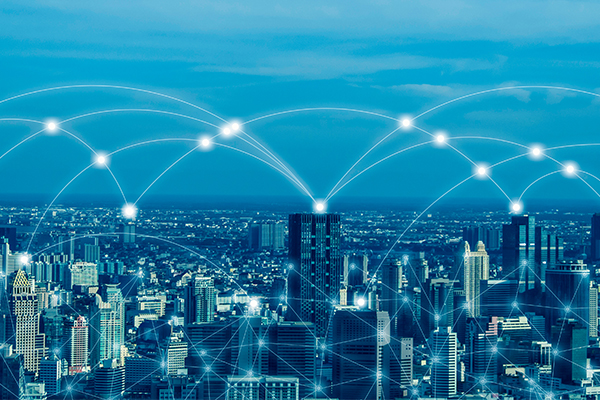Tobias Jung, Product Owner at Blockchain Solution Center
Decentralized autonomous organizations – in short: DAO – represent an attempt to create new forms of organization and cooperation in the world of blockchains and cryptocurrencies. A DAO is comparable to a decentralized company, where the participants are coordinated by a common set of rules without any hierarchy levels.
The rules of a DAO are defined in the form of Smart Contracts and are enforced directly on the blockchain. Smart contracts automate business processes with, in layman’s terms, ‚if-then relationships‘. For example: A makes a bet with B that BVB, a german soccer team, loses the next soccer match. If A is right, then B owes A 10€. If B is right (BVB wins), then A owes B €10. This set of rules is transparent and visible to every participant and immutable. Smart contracts thus solve the trust problem with DAOs. In traditional companies, the participant must trust the manager: that he will receive his salary and fulfill the purpose of the company. In a DAO, participants are strangers scattered all over the world. According to the principle ‚Code is Law‘, trust in the DAO is build up by a smart contract. Changes to the smart contract of a DAO are only possible by voting by all participants.
Smart contracts also provide the basis for fulfilling the other characteristics of a DAO: decentralization and autonomy. Decentralization in a DAO means that the decision-making of an organization takes place in the consensus of the members and is independent of a central location (headquarters) or a central leadership. As an autonomous organization, a DAO has the ability to act on its own and to be independent of individual internal or external actors.
How DAOs are applicated
DAOs make it possible to unite a group with a similar interest in order to achieve a collective goal. The financial means to achieve this goal are collected through the issuance of tokens. Token holders can submit proposals, participate in votes and participate in the success (or failure) of a DAO in accordance with the rules of procedure set by the smart contract.
This makes it possible, for example, to jointly finance assets or to share resources. A concrete use case is represented by charities. As DAO, they can acquire members worldwide and collect donations. The group can then decide for what specific purpose the funds will be spent. This is done completely decentralized, i. e. without intermediaries, so that no participant can siphon off funds. For example, the Ukraine network DAO collects donations to support ukraine.
Advantages and disadvantages of DAOs
- Transparency: all transactions are public and visible to every member which reduces the the risk of corruption
- Global accessibility to DAO projects
- Low barriers to entry strengthen global equal opportunities
- Code, including security, can only be cleaned up after consultation of all parties involved
- No uniform legal framework
- No physical seat: which court is competent for those affected by any problems
- Currently still lack of understanding of supervisory authorities and tax offices, which can be problematic when setting up a DAO
More information in our latest blog posts:
> Blockchain – Consensus Mechanisms in Comparison
> Staking Service: Validation as a Service Solutions

Contact person:
Tobias Jung, Product Owner in the Staking area
Tobias Jung is a Product Owner in the Staking area, at the Blockchain Solution Center of Telekom MMS, a subsidiary of Deutsche Telekom. There, he builds infrastructure for public blockchain networks. Previously, he worked in various tech software startups. Tobias graduated from Lund University with an MSC in Business Administration. He has been involved in the crypto space for years.

Ob Digitalisierungsexpert*in, Werkstudent*in oder Schülerpraktikant*in – Hier berichten unsere Gastautoren aus ihrem Alltag.









